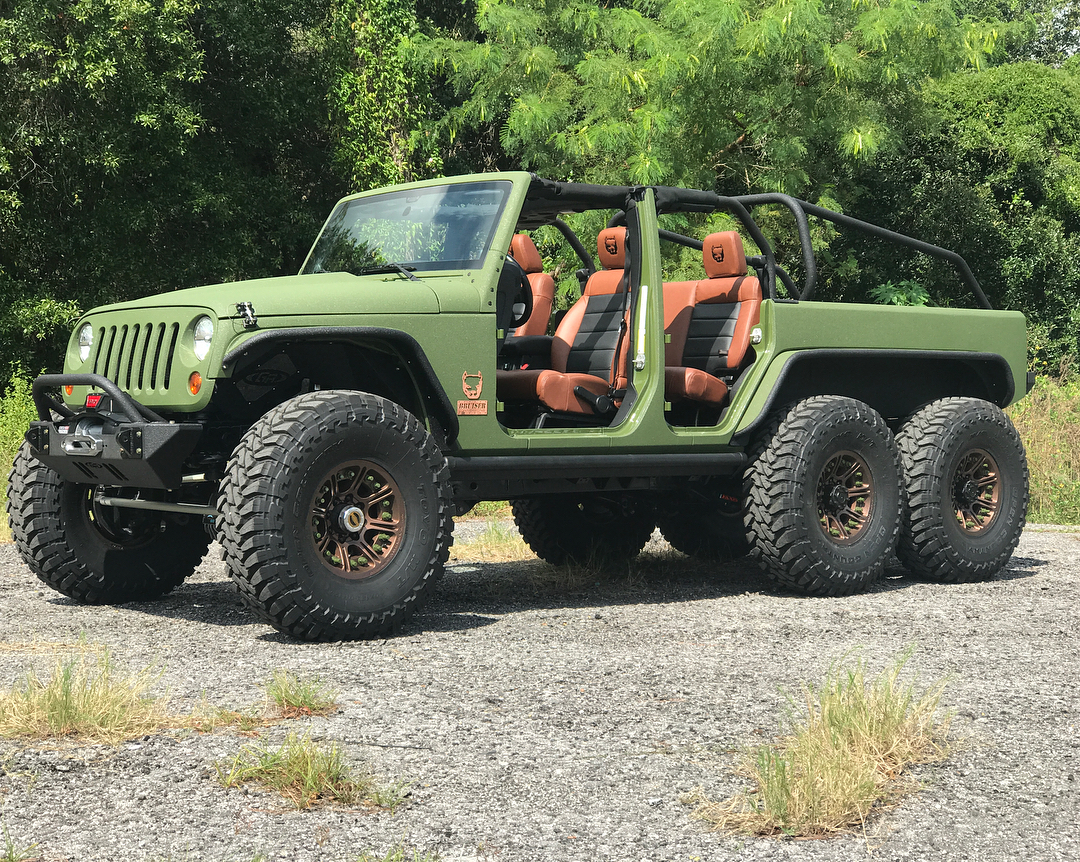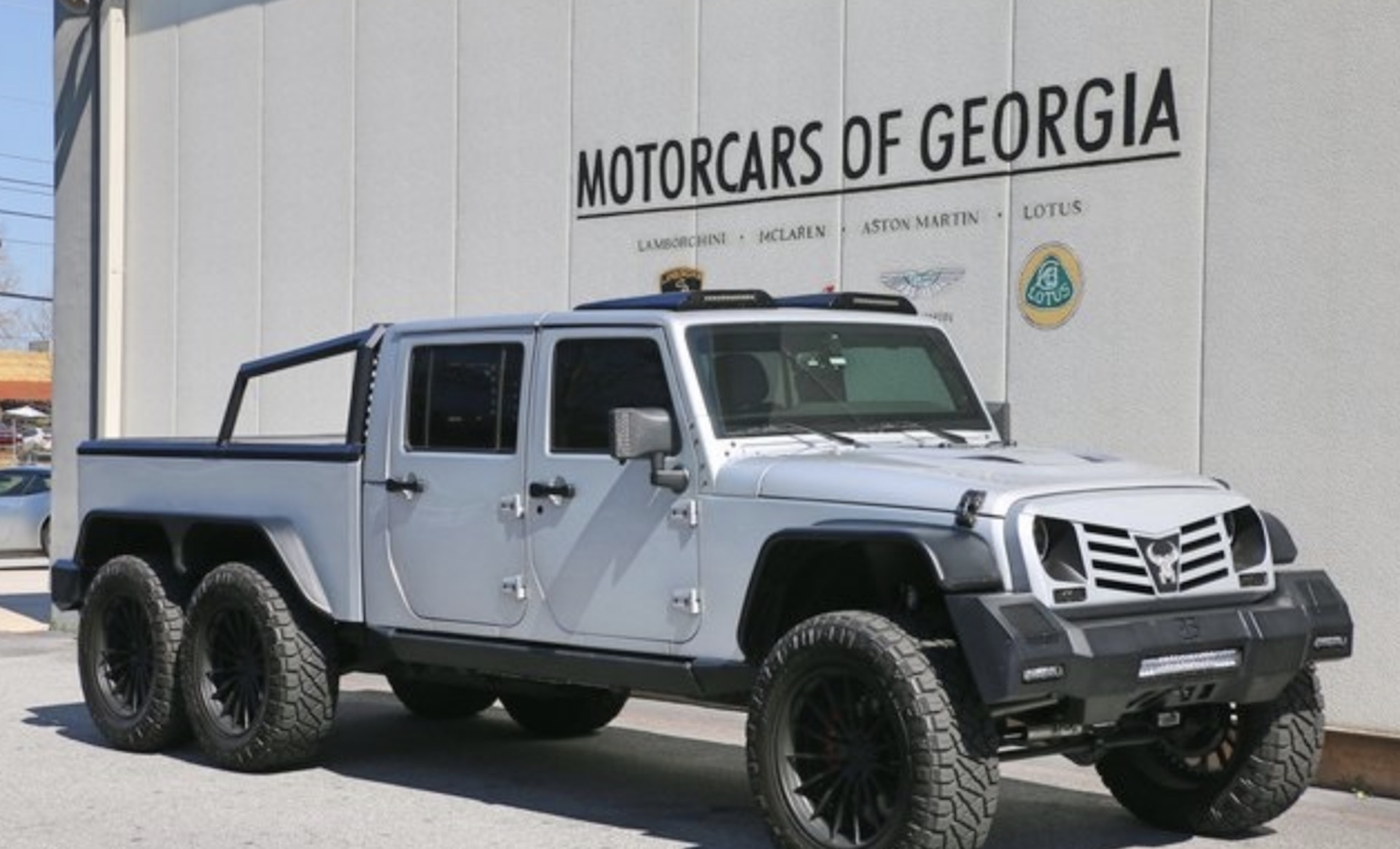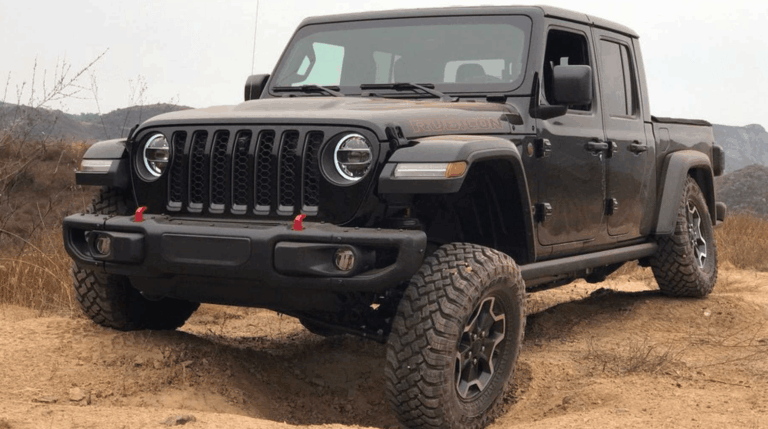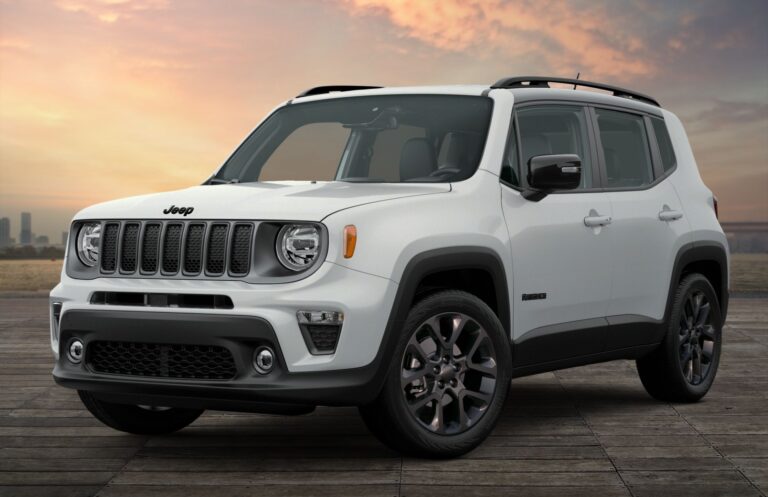Wrangler Jeep 6×6: The Ultimate Off-Road Behemoth
Wrangler Jeep 6×6: The Ultimate Off-Road Behemoth jeeps.truckstrend.com
Introduction: Redefining Off-Road Dominance
In the world of off-road vehicles, the Jeep Wrangler stands as an undisputed icon. Its rugged capability, open-air freedom, and legendary heritage have captivated adventurers for decades. However, for a select few who demand even more extreme performance, payload capacity, and an unparalleled presence, the standard 4×4 configuration simply isn’t enough. Enter the Wrangler Jeep 6×6 – a masterful engineering marvel that takes the beloved Wrangler platform and transforms it into a six-wheeled, all-conquering beast.
Wrangler Jeep 6×6: The Ultimate Off-Road Behemoth
It’s crucial to understand from the outset that the Wrangler Jeep 6×6 is not a factory-produced model by Stellantis (Jeep’s parent company). Instead, it is a highly specialized, custom aftermarket conversion undertaken by bespoke automotive workshops and expert fabricators. These ambitious projects extend the Wrangler’s chassis, integrate an additional driven axle, and often incorporate a host of other significant modifications, elevating its capabilities and its formidable stance to extraordinary levels. The relevance of the 6×6 lies in its ability to push the boundaries of off-road performance, offer superior stability and traction in the most challenging terrains, and provide a unique, head-turning aesthetic that distinguishes it from virtually any other vehicle on the road or trail.
This comprehensive guide will delve into every facet of the Wrangler Jeep 6×6, exploring its construction, benefits, considerations, and the intricate process of bringing such a monumental vehicle to life.
What is a Wrangler Jeep 6×6? Unpacking the Engineering Marvel
At its core, a Wrangler Jeep 6×6 is a standard Jeep Wrangler (often a JK or JL generation, sometimes a Gladiator JT pickup) that has undergone a radical transformation. The most significant modification involves extending the frame to accommodate a third axle, effectively turning a 4×4 into a 6×6 (six-wheel-drive). This isn’t merely about adding an extra set of wheels for show; the additional axle is typically a driven axle, meaning all six wheels receive power, dramatically enhancing traction and off-road capability.
The conversion process is complex and highly specialized, typically involving:
- Chassis Extension: The original frame is cut and extended, requiring expert welding and reinforcement to maintain structural integrity.
- Additional Axle Integration: A third axle is added to the rear, often a heavy-duty unit designed to withstand extreme forces. This axle needs to be properly aligned and suspended.
- Drivetrain Modification: The transfer case and driveshafts must be re-engineered to distribute power efficiently to all three axles. This often involves custom transfer cases or modifications to existing ones to handle the increased load and provide true 6WD capability.
- Suspension System Overhaul: A custom suspension system is essential to support the extended chassis, additional weight, and ensure optimal articulation and ride quality. This might involve multi-link setups, custom leaf springs, or advanced air suspension systems.
- Braking System Upgrade: With increased weight and potential payload, the braking system must be significantly upgraded to ensure safety and reliable stopping power.
- Bodywork Modifications: The rear bodywork (especially for a Wrangler SUV) needs to be extended to cover the new axle, often resulting in a custom bed section for Gladiator conversions or an enclosed cargo area for SUV builds.
- Engine & Transmission Considerations: While not always mandatory, many 6×6 conversions opt for engine upgrades (e.g., Hellcat V8 swaps, diesel conversions) to provide the necessary power for the added weight and enhanced capability. The transmission may also need reinforcing.


The result is a vehicle with unparalleled traction, improved load-carrying capacity, superior stability on uneven terrain, and an undeniably imposing presence.
Why Go 6×6? The Unrivaled Benefits
The decision to convert a Wrangler into a 6×6 is driven by a desire for extreme performance and utility that a standard 4×4 cannot offer. The benefits are manifold:
- Superior Traction and Off-Road Capability: With six driven wheels, the 6×6 boasts an incredible contact patch with the ground. This significantly enhances traction in low-grip conditions such as mud, sand, snow, and loose rock. It can traverse obstacles that would completely stump a 4×4.
- Increased Payload and Towing Capacity: The extended frame and additional axle allow for a much higher gross vehicle weight rating (GVWR). This means the 6×6 can carry significantly more cargo or passengers, and its towing capacity is also substantially increased, making it ideal for expedition builds or heavy-duty hauling.
- Enhanced Stability: The longer wheelbase and wider footprint provided by the third axle contribute to greater stability, especially when traversing steep inclines, declines, or off-camber situations.
- Unique and Imposing Presence: There’s no denying the visual impact of a Wrangler 6×6. It commands attention and stands out in any crowd, making it a statement vehicle for those who want to truly differentiate themselves.
- Expeditionary Potential: For overlanding and long-distance expeditions into remote areas, the 6×6 offers the robustness, cargo capacity, and self-sufficiency needed for extended journeys where reliability is paramount.
- Redundancy and Reliability: In extreme off-road scenarios, having an additional driven axle provides a layer of redundancy. If one axle encounters an issue, the vehicle can often still proceed using the remaining five wheels.

The Custom Build Process: From Concept to Colossus
Acquiring a Wrangler Jeep 6×6 is not like buying a vehicle off a dealership lot. It’s a bespoke process that typically involves commissioning a specialized builder. Here’s a general outline of what to expect:
- Choosing a Base Vehicle: While some builders might provide a complete package, you may start by providing your own Wrangler (JK, JL, or Gladiator JT) or have the builder source one. The condition and year of the donor vehicle will impact the final cost.
- Selecting a Builder: This is perhaps the most crucial step. Research reputable custom shops known for 6×6 conversions. Look at their portfolio, read reviews, and ideally, speak with previous clients. Some prominent names in the custom 6×6 space include Apocalypse Manufacturing, Hennessey Performance (known for Gladiator 6x6s), and various smaller, highly specialized fabrication shops.
- Defining Your Vision and Specifications: Work closely with the builder to outline your specific needs and desires. This includes:
- Engine choice: Stock, supercharged, Hellcat swap, diesel.
- Suspension setup: Off-road focus, daily drivability, air suspension.
- Interior customization: Luxury upgrades, tactical features.
- Exterior aesthetics: Custom paint, lighting, winch, armor, roof racks.
- Axle type: Specific heavy-duty axles, gear ratios.
- Purpose: Overlanding, show vehicle, extreme off-roading.
- Design and Engineering Phase: The builder’s team will design the chassis extension, drivetrain modifications, and all custom components, often using CAD software.
- Fabrication and Assembly: This is the labor-intensive part, involving cutting, welding, component installation, wiring, and integration of all systems. This stage can take several months to over a year.
- Testing and Quality Control: Once assembled, the vehicle undergoes rigorous testing to ensure all systems function correctly, safely, and meet the desired performance parameters.
- Delivery: Upon completion and final payment, your custom Wrangler 6×6 is ready for its new home.
Important Considerations Before Embarking on the 6×6 Journey
While the allure of a Wrangler 6×6 is undeniable, there are significant practical and financial considerations to ponder:
- Cost: This is the most substantial hurdle. These are hand-built, highly specialized vehicles, and the cost reflects the immense engineering, labor, and high-quality components involved. Prices typically start in the low to mid-six figures and can easily climb into the seven figures depending on customization.
- Legality and Registration: Laws regarding vehicle modifications vary by state and country. Ensure the conversion meets local regulations for road legality, emissions, and registration. Some states may have restrictions on vehicle length or number of axles.
- Maintenance and Repair: A 6×6 is a complex machine. Maintenance will be more involved and potentially more expensive than a standard 4×4. Finding shops capable of servicing such a unique vehicle may also be a challenge outside of the original builder.
- Fuel Economy: Expect significantly worse fuel economy due to the increased weight, additional drivetrain components, and often larger engines/tires.
- Parking and Maneuverability: The extended length makes parking and navigating tight spaces (especially urban environments or narrow trails) much more challenging. The turning radius will be substantially larger.
- Insurance: Insuring such a highly modified and expensive vehicle can be complex and costly. Some standard insurers may not cover it, requiring specialized policies.
- Resale Value: While unique, the market for custom 6x6s is niche. Resale value can be unpredictable and heavily dependent on the builder’s reputation and the vehicle’s condition.
- Daily Driving Practicality: For most, a 6×6 is not a practical daily driver. It’s designed for specific purposes or as a statement vehicle.
Price Guide: The Cost of a Custom 6×6 Dream
As previously stated, there is no MSRP for a "Wrangler Jeep 6×6" as it’s a custom build. The prices vary wildly based on the base vehicle, the chosen builder, the extent of modifications (engine swaps, interior upgrades, suspension systems), and added features. The following table provides estimated price ranges based on typical market offerings from reputable custom shops. These figures are subject to change and should only be used as a general guide.
| Feature / Aspect | Description
| Key Information | Estimated Range
![]()






